Cambridge Audio's elite EXA100 amplifier covers the past, present and future
Money no object: an integrated stereo amplifier for every era and eventuality
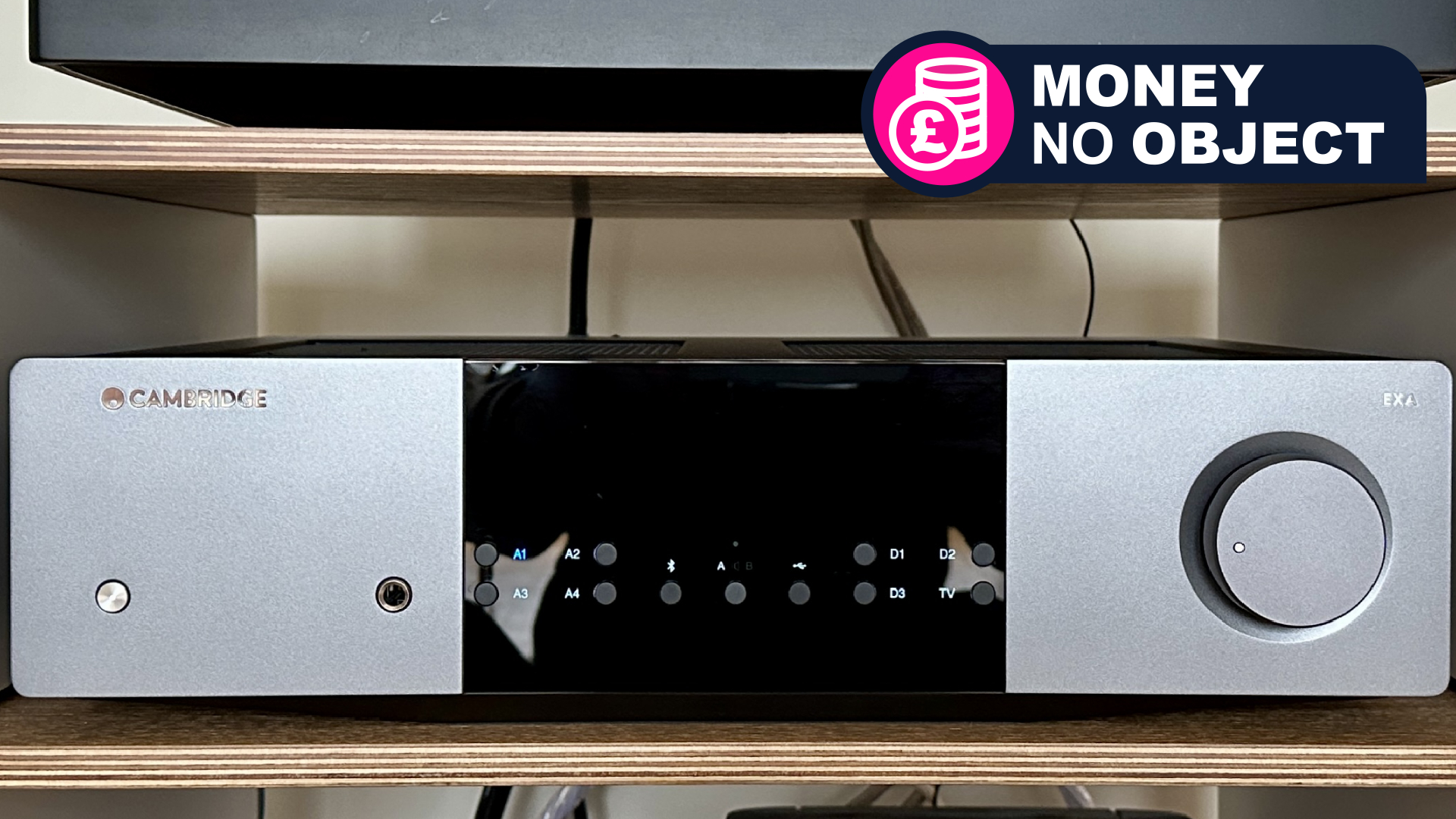
We love to give practical buying advice about the latest gadgets here on TechRadar. But sometimes what we love more is to indulge in the most ridiculous, high-end, cutting-edge, luxurious tech on the planet. That's what we bring you in these Money no Object columns – you can read the whole series here.
Every part of a music system is important, of course, but it seems fair to suggest that if your amplification isn’t up to standard, then your audio experience is going to be compromized.
And it’s equally fair to say that if you’re thinking of spending proper money on an amplifier, you won’t hear what it’s capable of if the rest of the system it’s introduced to isn’t similarly expensive. Costing a few cents short of $2,200, the Cambridge Audio EXA100 integrated amplifier certainly has a tick in that 'expensive' column.
Cambridge Audio wants your $2,199 / £1,999 / around AUS$3,900, naturally. But with the EXA100 it’s making its case in ways beyond the usual claims for exquisite sound quality that amplifiers at this sort of money tend to make.
Indeed, the Cambridge Audio EXA100 wants to be your amplifier for the past, present and future of recorded music…
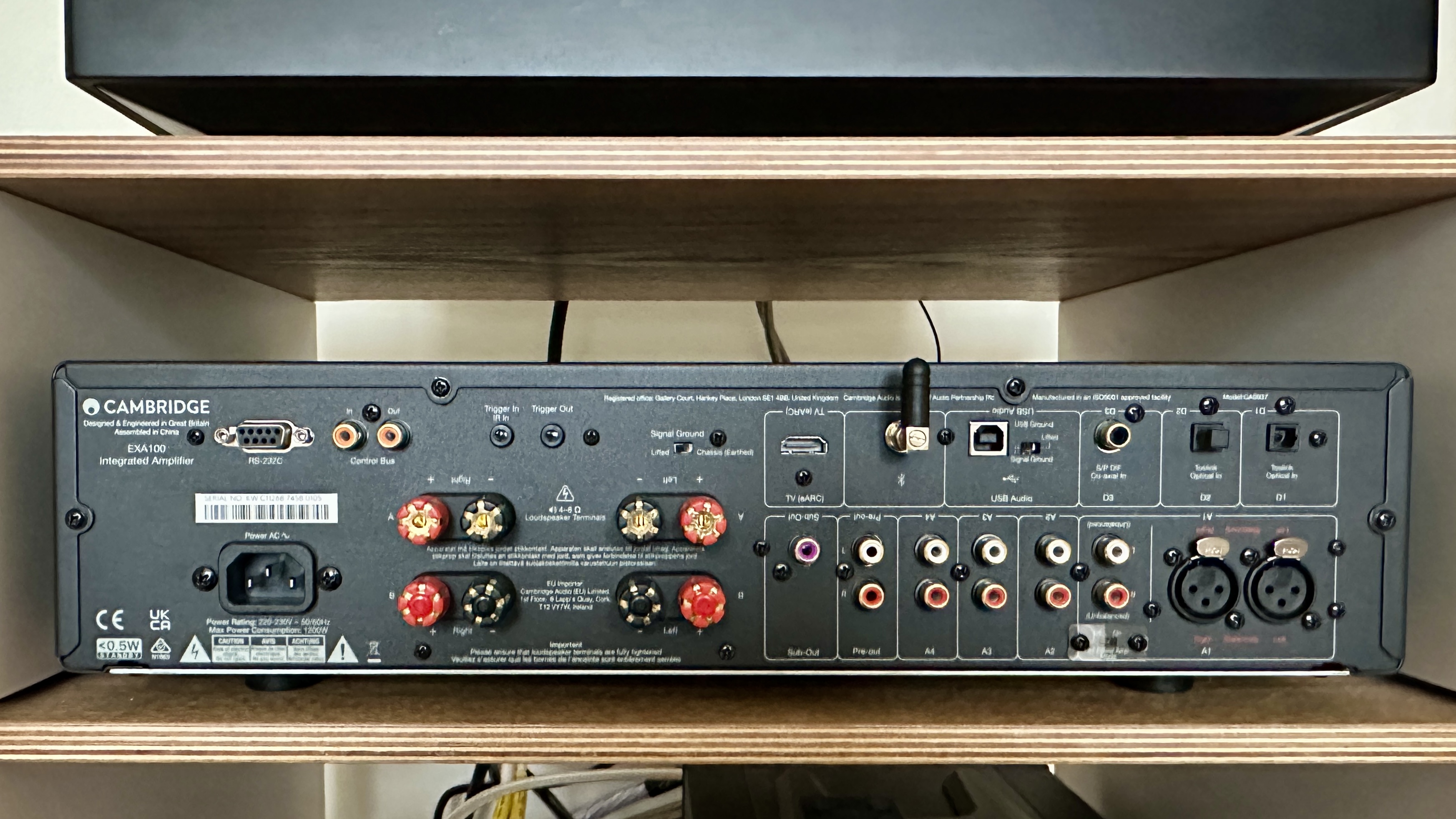
Cambridge Audio EXA100 integrated amplifier: what is it?
Fundamentally, this is an integrated stereo amplifier of the type that’s been around for decades. Cambridge Audio itself launched its first integrated stereo amplifier back in 1968, and it was by no means the first company to deliver a product like it.
The EXA100 constitutes half of the entire Cambridge Audio EX range – the other half is the EXN100 network streamer/preamplifier. The EX range bridges the rather sizeable gap between the company’s CX range of hi-fi separates – including the CXN100 – and its high-end, high-price ‘Edge’ series of components. Specifically, the EXA100 is designed to take the fight to the established class leaders where integrated stereo amplifiers at this sort of money are concerned.
Unlike a lot of its nominal competitors, though, the EXA100 is specified to deal with digital as well as analogue sources, and also includes a little wireless streaming functionality as a cherry on the top. There are four line-level analogue inputs – including one using balanced XLRs, for a) connecting the EXA100 streamer, say, and b) general hardcore hi-fi credibility – a couple of digital optical inputs, a digital coaxial input, a USB-B socket and an HDMI eARC input. There’s Bluetooth wireless connectivity, too, with codec compatibility up to aptX HD – all digital sources are attended to by an ESS Sabre ES9018K2M 24bit/192kHz DAC.
Get daily insight, inspiration and deals in your inbox
Sign up for breaking news, reviews, opinion, top tech deals, and more.
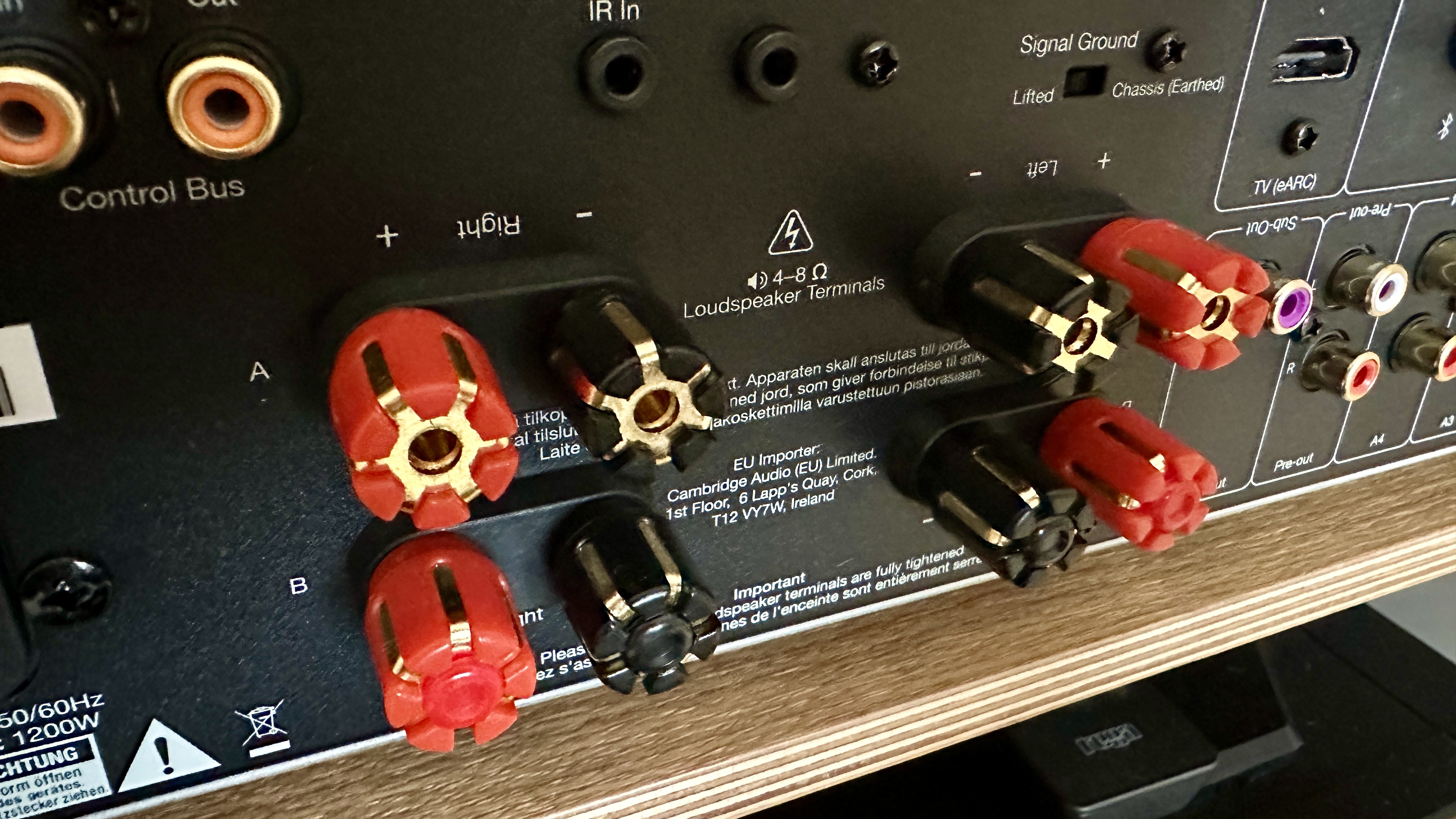
Outputs include a pre-out for use with a power amp (the EXA100 itself can also act as a pure power amp if you prefer), a pre-out for connecting a subwoofer, a 6.3mm headphone socket on the fascia and two pairs of the most overspecified speaker binding posts you’ve ever seen.
The EXA100 is a Class AB amplifier (see ‘general hardcore hi-fi credibility’ above), and can twist out 100 watts of power per channel, which should be plenty to fuel any and all price-appropriate loudspeakers you might choose. The amplification topography is strongly influenced by Cambridge Audio’s high-end, high-price ‘Edge M’ power amplifier, with modules based closely on those fitted to Edge M, and the exact same power transistors specified, too.

Cambridge Audio EXA100 integrated amplifier: what makes it special?
Two things, fundamentally: the way the EXA100 looks and the way it sounds. Yes, the extensive nature of its specification is worthy of mention, too, but that point is already made…
As far as the build and finish of the Cambridge Audio go, there’s plenty to admire. That ‘lunar grey’ finish (because it’s nothing as humdrum as ‘silver’, good heavens no) looks good, and the slice of aluminium that constitutes the fascia feels good too. The model number and the company name are stamped in chunky relief in either top corner, and the big volume control is knurled around its edge for extra tactility.
The power button and input selection buttons act with chunky positivity, and while that big acrylic centre panel doesn’t use its potential as a display as much as it might it’s still useful in helping the EXA100 sit alongside black-fronted equipment more comfortably than an all-lunar grey fascia would. Plus, it matches nicely with the EXN100 network streamer.
Best of all, though, is the generous amount of mesh venting that constitutes much of the top panel of this amplifier. Yes, all integrated amplifiers produce heat that needs to dissipate, but the amount of venting included here isn’t strictly necessary – unless, of course, you want everyone to get an eyeful of the oversized toroidal transformer that sits in the centre of the circuit board as well as the polished heatsinks that surround it. And naturally you do.
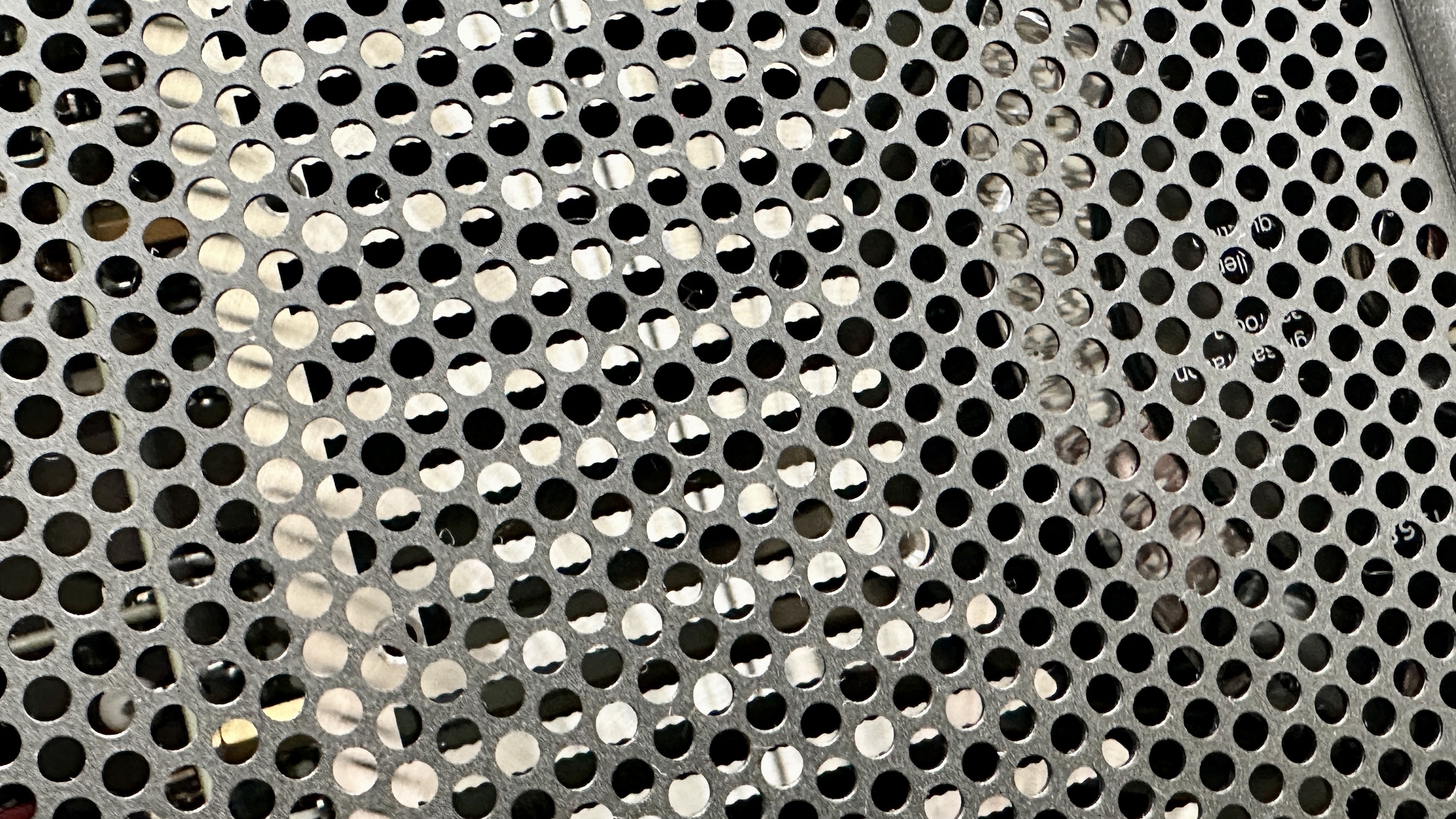
And as far as sound is concerned, the EXA100 is a profoundly competitive device – it’s not short of competition at the $2K-plus price point, but it’s most certainly a top-drawer performer and demands a place on your shortlist.
Thanks to the generous amount of power that’s available, the Cambridge Audio is not short of dynamic potency and is capable of describing the sheer scale of the biggest orchestral set-pieces without breaking audible sweat. It creates a big, open and properly organized soundstage, too. Every individual in that symphony orchestra is secure in their area of the stage, and has sufficient elbow room in which to fully express themselves.
Throughout the frequency range, the EXA100 is tonally convincing and very nicely balanced. It hits with genuine weight and substance at the bottom end, but has sufficient control to make rhythms sound naturalistic, and has sufficient detail to make every bass sound a specific event where tone and texture are concerned. It communicates through the midrange with compelling eloquence, giving vocalists of every type ample opportunity to express their character, attitude and emotional state. And at the top of frequency range there’s bite and shine, balanced out by substance and, again, extensive variation. In truth, the Cambridge Audio could become a treble troublemaker if paired into a similarly lively system, but as long as you don’t attach some speakers that are overtly treble-happy then all should be well.
In every circumstance, with every type of music and from every music storage format, the EXA100 manages to combine a pleasing level of insight with the sort of brio that makes every listen an event. It’s a musical and entertaining performer, with a level of enthusiasm that quite a few price-comparable rivals sacrifice in favor of a more dispassionate, more analytical (and ultimately less interesting) alternative.
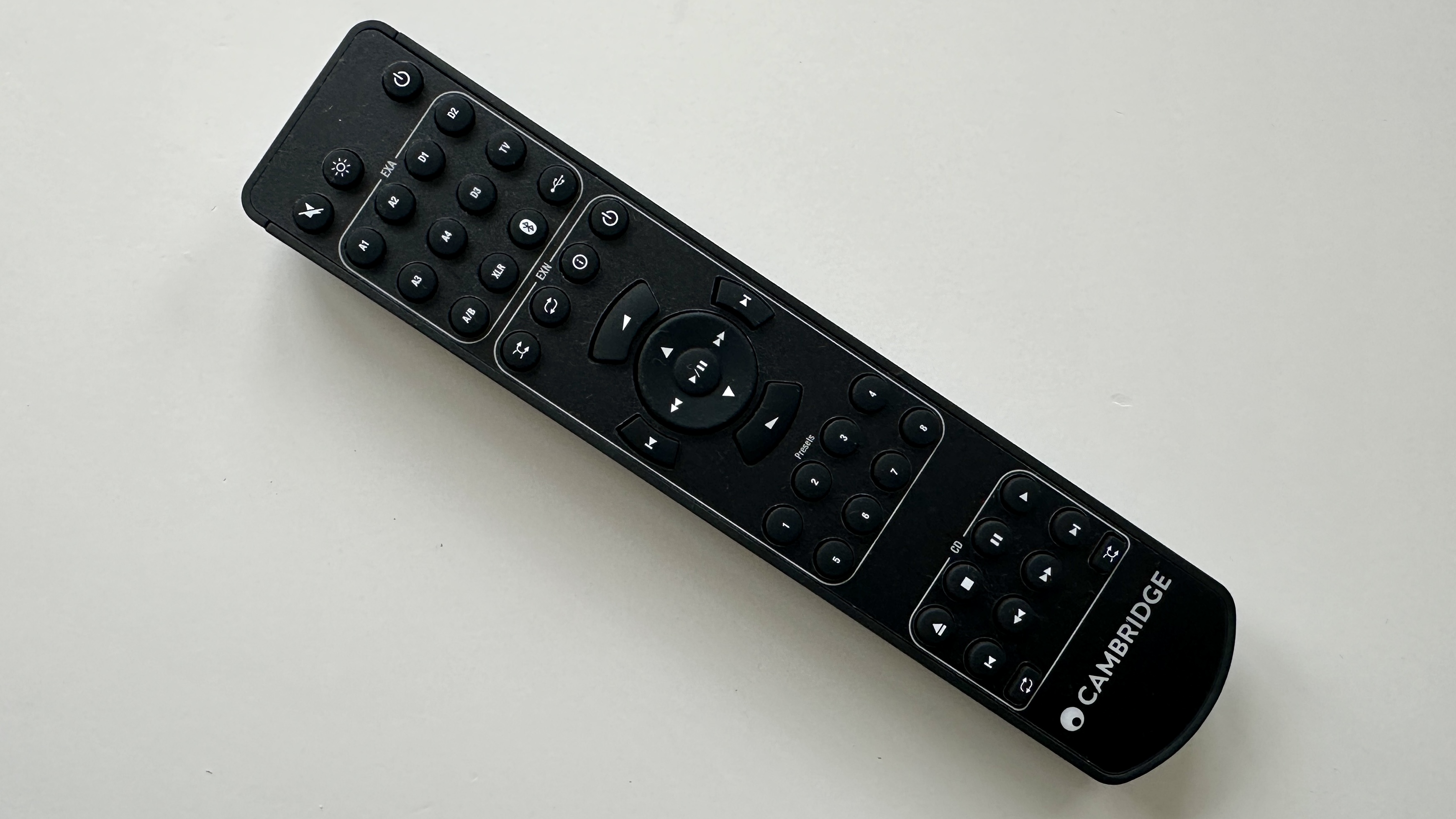
Cambridge Audio EXA100 integrated amplifier: is it worth it?
Well, it all depends. If you want your $2K-plus integrated amplifier to pick apart your favorite recordings and lay them bare for your inspection, there are quite a few companies that have you covered. And if you want the sort of energy, scale and entertainment the Cambridge Audio EXA100 is offering, it’s fair to say you have options too.
But if you want the aforementioned energy, scale and entertainment from an amplifier that’s beautifully made and finished, that looks the part on your kit-rack, and that can handle digital sources of music just as skilfully as it handles analogue sources, your choice is rather more limited…
You might also like
- Sennheiser's best wireless headphones just became a perk of first-class flights
- Wharfedale's stunning Super Linton speakers could take pride of place in the hi-fi room of my dreams
- Got a spare $23,000? Spend it on Devialet's 23-carat gold leaf-covered streaming amp
- Pro-Ject's new flagship turntable weighs 80lb and costs $15,000… without a cartridge
Simon Lucas is a senior editorial professional with deep experience of print/digital publishing and the consumer electronics landscape. Based in Brighton, Simon worked at TechRadar's sister site What HiFi? for a number of years, as both a features editor and a digital editor, before embarking on a career in freelance consultancy, content creation, and journalism for some of the biggest brands and publications in the world.
With enormous expertise in all things home entertainment, Simon reviews everything from turntables to soundbars for TechRadar, and also likes to dip his toes into longform features and buying guides. His bylines include GQ, The Guardian, Hi-Fi+, Metro, The Observer, Pocket Lint, Shortlist, Stuff T3, Tom's Guide, Trusted Reviews, and more.
